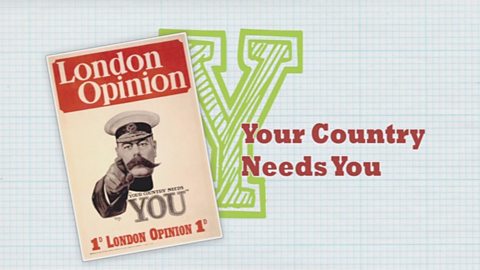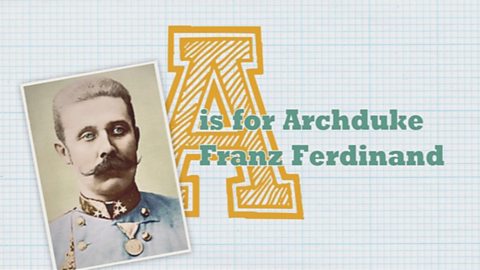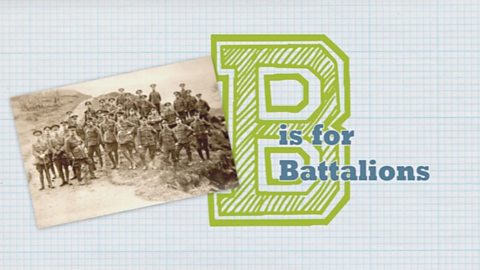Video summary
Newsreel, photographs and a school childβs commentary give an account of the Zeppelin raids on Britain which began in January 1915.
This was the first time civilian populations had been attacked from the air.
Around 1,400 British people were killed in the Zeppelin raids, which also caused widespread damage.
In a dramatic monologue, Stanley Joseph Grimes, aged 10, tells us about the Zeppelins he saw on their way to bomb London.
He recalls seeing the wreckage of a Zeppelin that was shot down at Cuffley near Potters Bar, in 1916.
This was the first Zeppelin to be brought down on British soil.
Zeppelins would never again enjoy a reputation for being βinvincibleβ.
This clip is from the series WW1 A to Z.
Teacher Notes
Pupils could locate Cuffley on a map of the UK.
They could search online using the search term βCuffley Zeppelinβ to find out more about the airship Stanley Grimes describes.
Newsreel items, first-hand accounts, letters and newspaper reports are all freely available for study.
Pupils could write a short story βNight of the Zeppelinβ describing the events of 3rd September 1916.
Why do they think the story of the Cuffley Zeppelin was so widely reported by the British press?
This short film is suitable for teaching history at Key Stage 2 / Second Level or above.
Y is for Your Country Needs You. video
A selection of British newspaper headlines from WW1 suggest the impact propaganda had in Britain.

A is for Archduke Franz Ferdinand. video
Pictures and commentary explain the beginning of World War One in 1914, sparked by the assassination of Austria-Hungaryβs Archduke Franz Ferdinand.

B is for Battalions. video
Newsreel and dramatic footage illustrate how the British army recruited groups of friends and neighbours to fight together.
